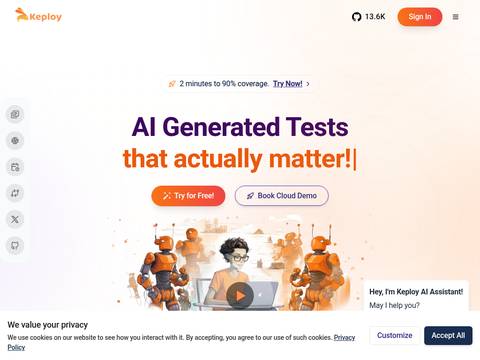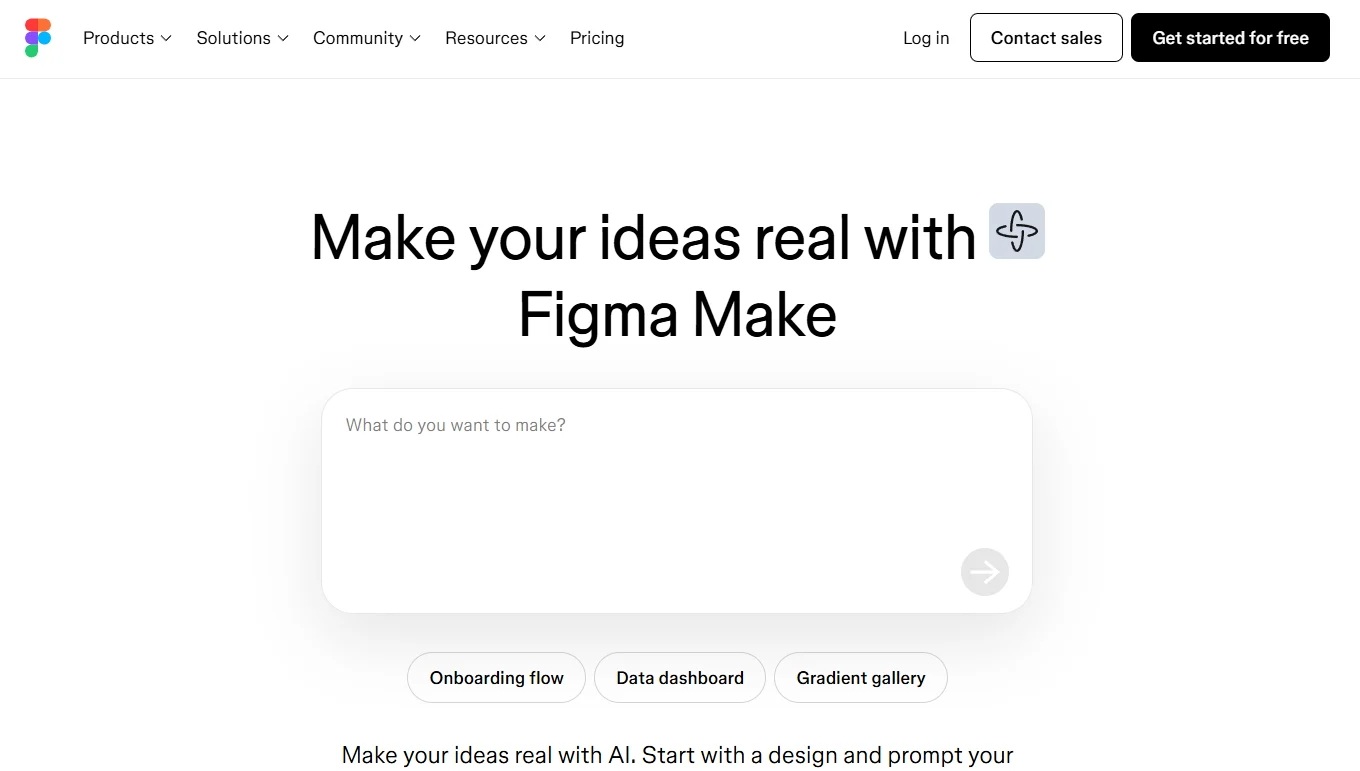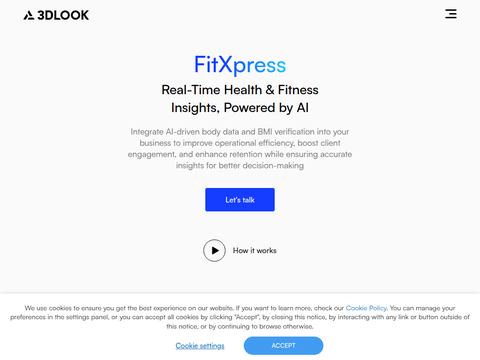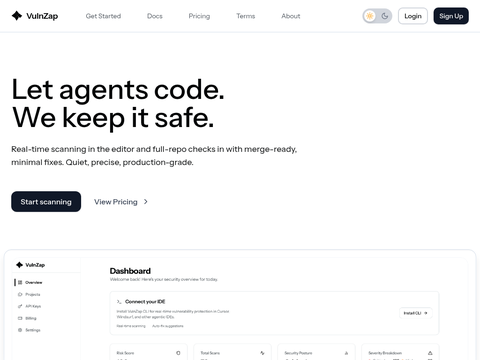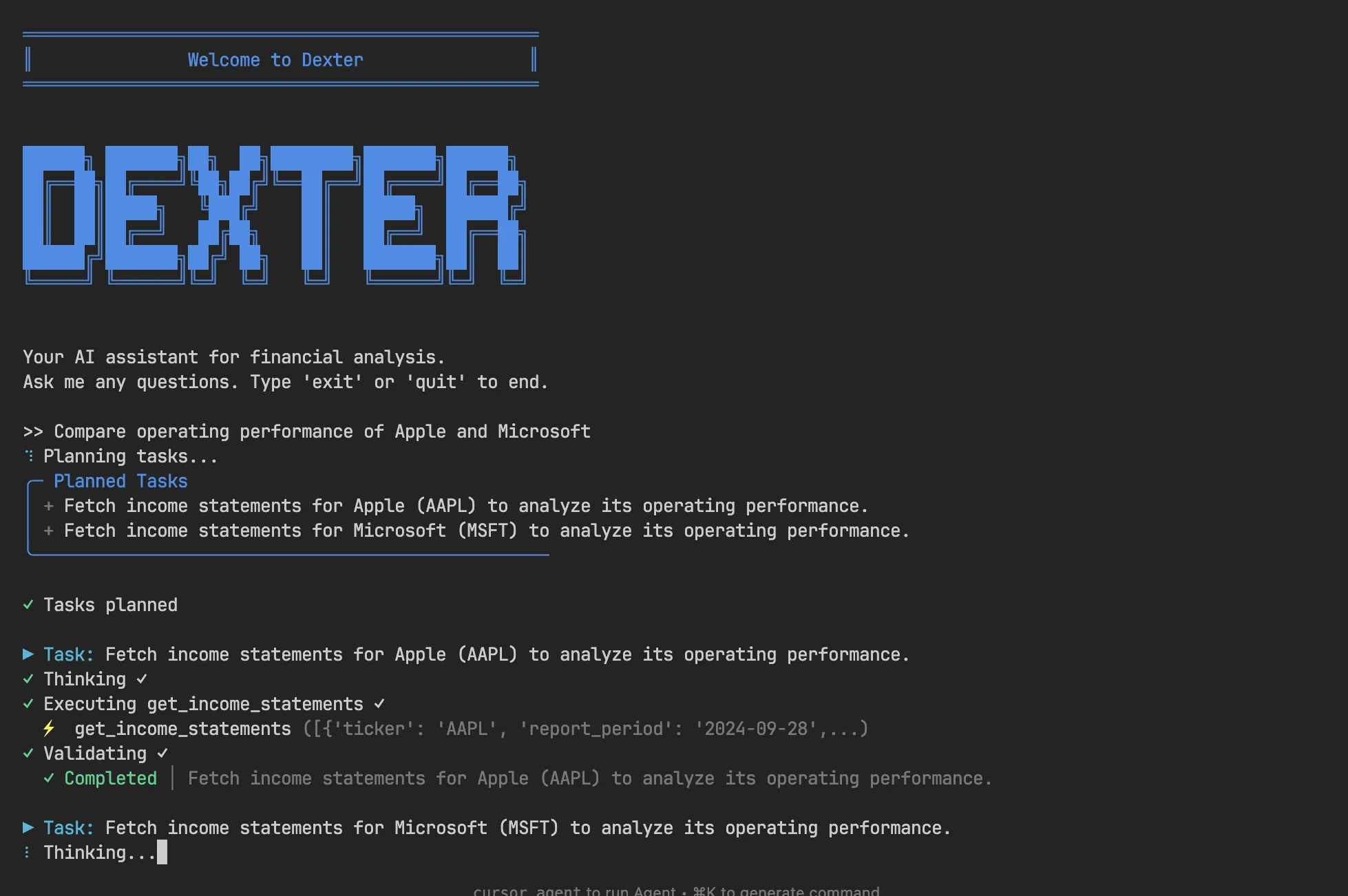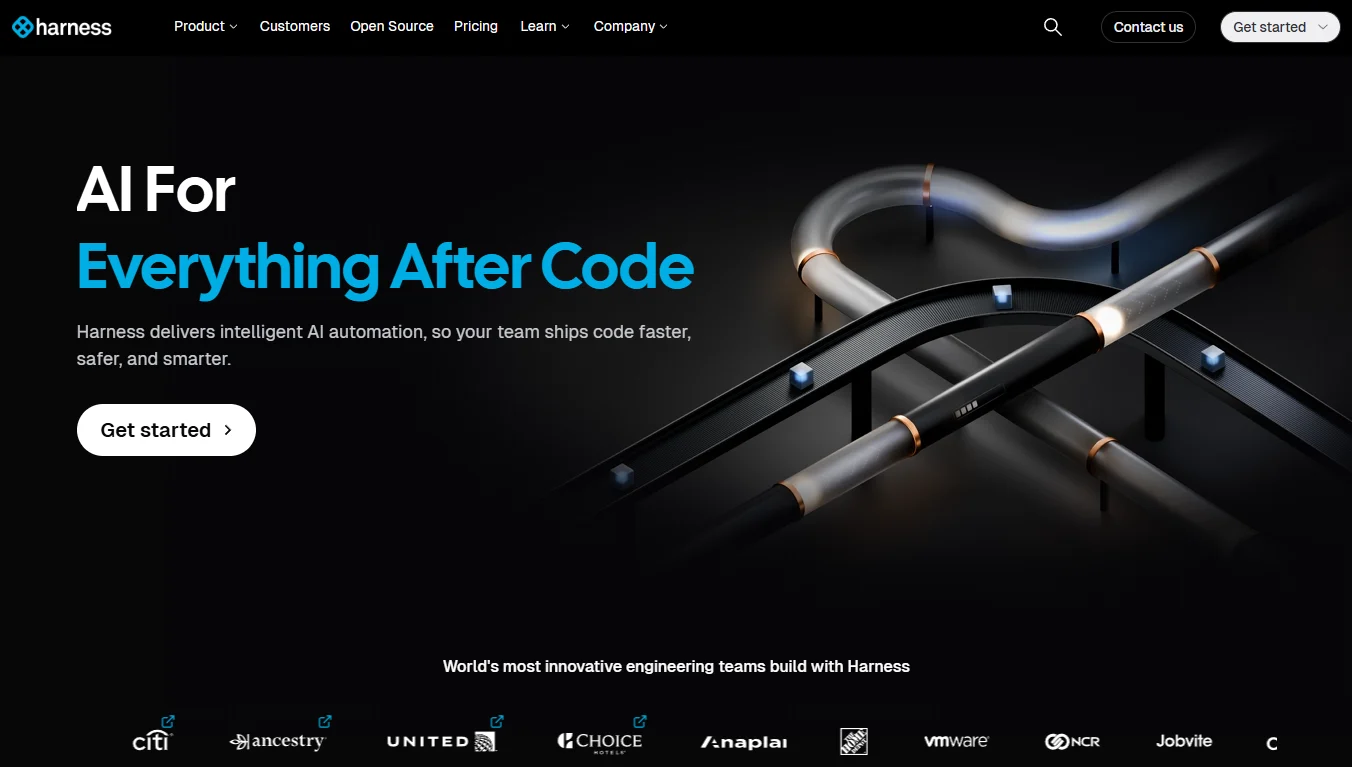Google Launches On-Device Gemini AI Model
Google DeepMind has achieved a major breakthrough in robotics by developing the first truly portable version of its vision-language-action (VLA) engine, now capable of full on-device execution without requiring cloud connectivity. This advancement enables warehouse robots and factory collaborative robots to maintain operational continuity even during network disruptions.
Key Innovations
- Demonstrates near-equivalent performance to cloud-based Gemini models while operating entirely offline
- Requires only 50-100 demonstrations to adapt to new tasks or robotic hardware configurations
- SDK access through a "Trusted Tester" program with developer availability pending
- Positioned as a competitive response to NVIDIA's GR00T and OpenAI's RT-2 systems in generalist robotics

